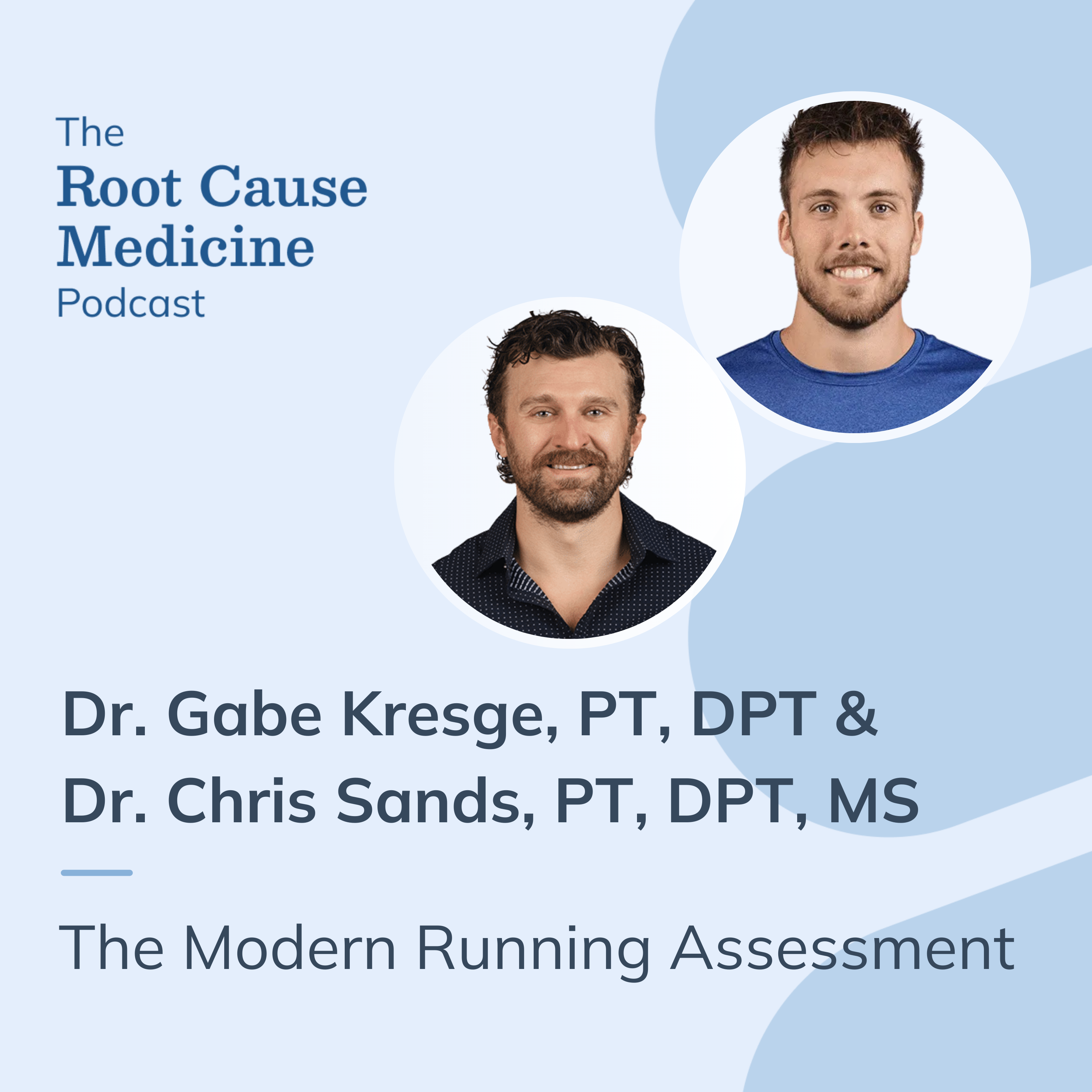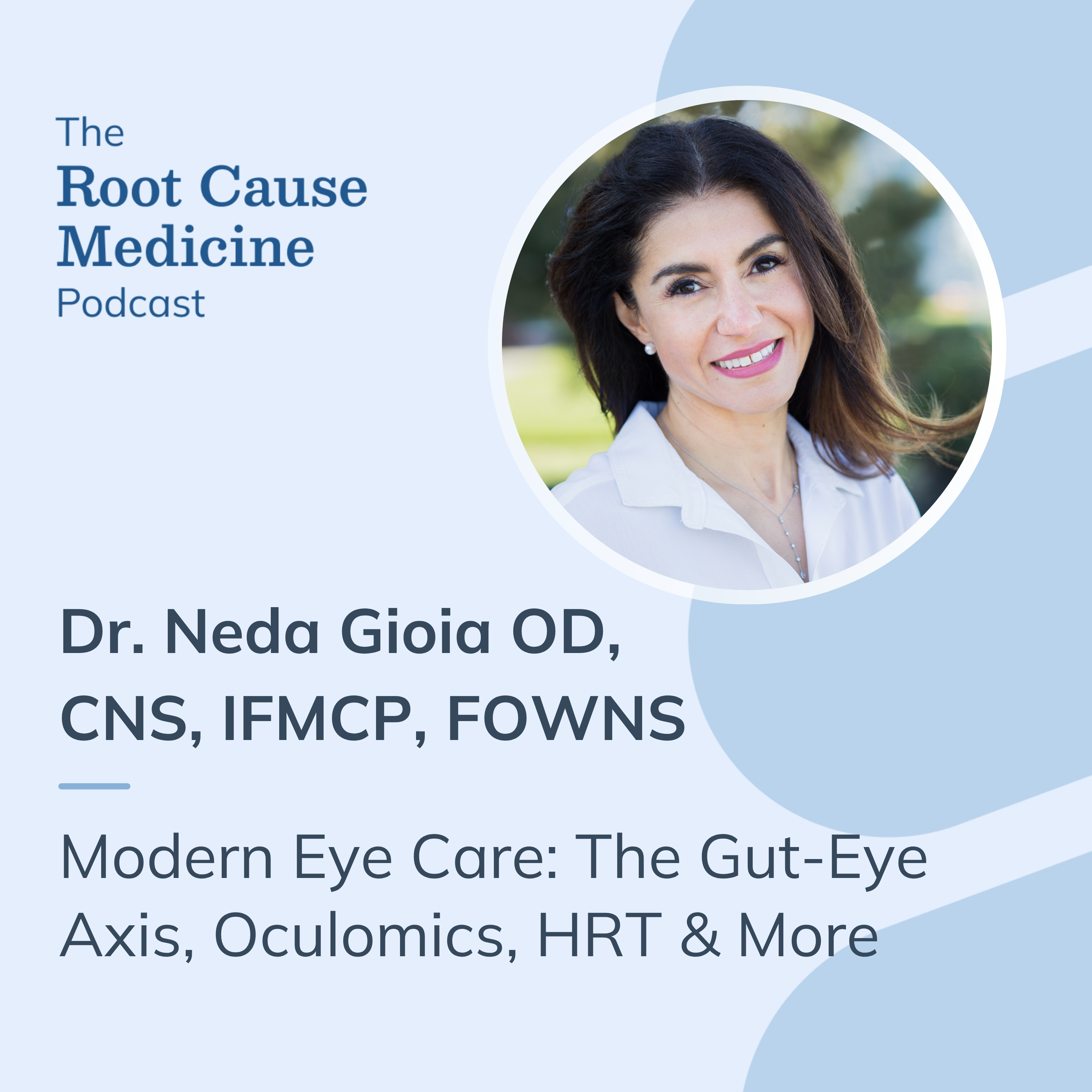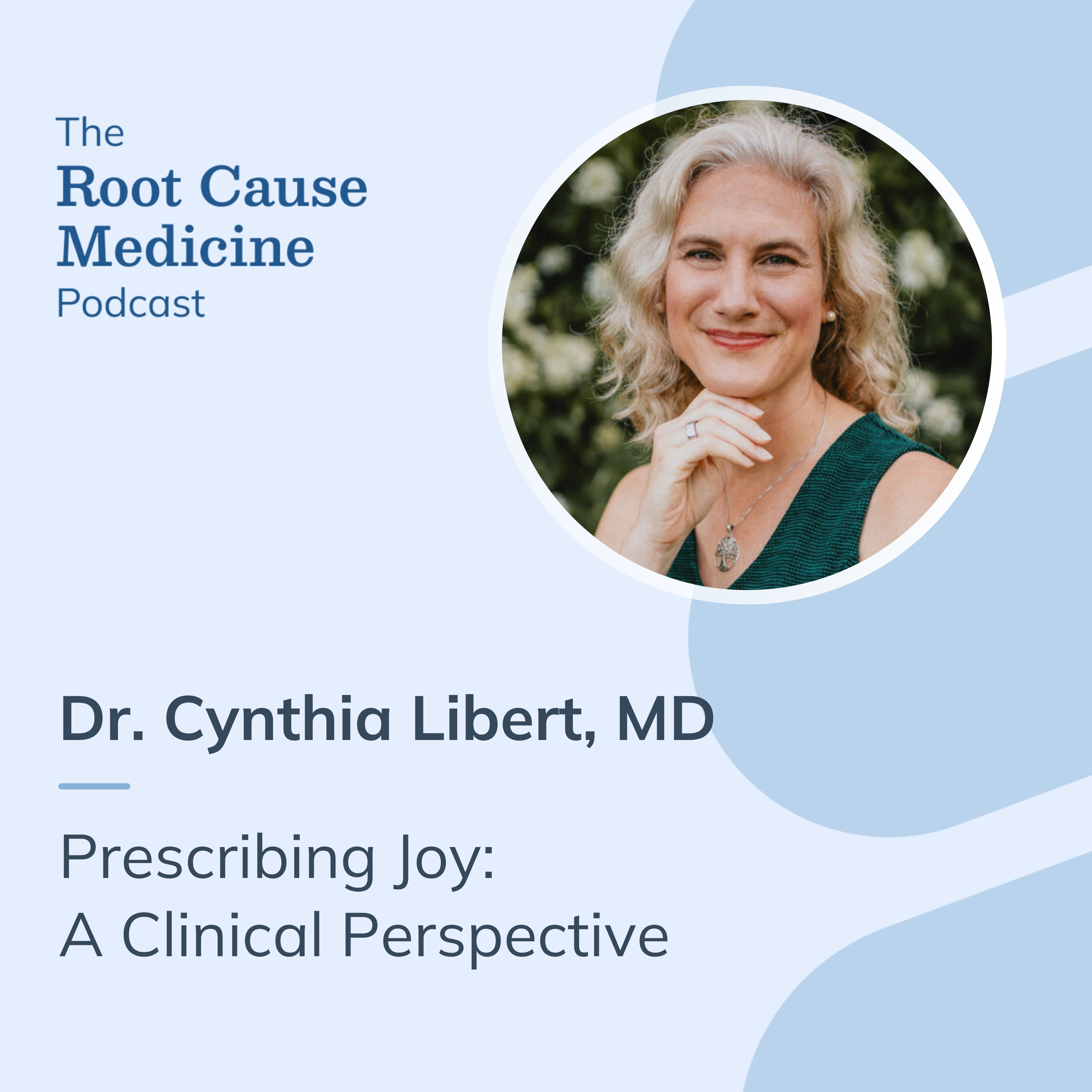Cord blood is a source of stem cells that researchers are exploring for potential medical applications.
Due to its ease of collection and rich source of stem cells, cord blood banking, also called cord blood harvesting, is becoming an increasingly common option for parents awaiting their child's birth.
What are stem cells? It seems like a simple question, yet it is fraught with misconceptions, societal taboos, and other issues that make the definition and discussion of their use difficult.
This article provides an overview of stem cells, their potential medical applications, and key considerations for cord blood banking.
[signup]
Understanding Stem Cells and Cord Blood
While stem cells exist in many animals, this article will address only human stem cells. At their simplest, stem cells are cells that have not yet decided what they will be. They are essentially blank slates.
In humans, existing cells reproduce to create the same type of cell. A heart muscle cell makes more heart muscle cells, a skin cell makes another skin cell, and so on.
Stem cells are unique because they have the potential to differentiate into various specialized cell types.


However, the extent of this potential varies depending on the type of stem cell. There are two basic types of stem cells, as well as cord blood:
Embryonic Stem Cells
- Develop during the first week after fertilization
- Have the potential to differentiate into any embryonic tissue
- Originally obtained only from fetuses
- Successfully grown in a lab in 1998
- Can be grown and used in labs for more than two years
Adult Stem Cells
- Have already differentiated
- Do not require fetal tissue
- Researchers are investigating how adult stem cells may contribute to tissue repair, but most applications remain under study.
Cord Blood
- Found in the umbilical cord
- Found in the placenta
- Contains large amounts of stem cells
- Currently used in stem cell research as a rich source of stem cells
Cord blood is blood removed from the umbilical cord, which means it is safe and easy to get and does not involve any invasive procedure on the mother or the infant. It is rich in stem cells, and harvesting cord blood for potential medical uses is becoming more common.
Cord blood is being explored for potential medical applications, and some studies suggest that it may have a broader donor compatibility range than traditional bone marrow transplants. However, matching remains an important consideration.
The Science of Cord Blood
According to the American College of Obstetricians and Gynecologists (ACOG), cord blood is taken from the umbilical cord after it is cut. Once collected, the blood is processed and tested for:
- Infections
- Inherited deficiencies
- Blood type and tissue groups
It is also separated into:
- Stem Cells
- Progenitor Cells
- White blood cells
Within 48 hours, the sample is stored in special freezers at -258o F (-150o C) to keep the stem cells viable until needed. Cryopreservation slows cellular activity, allowing stem cells to be stored for extended periods. However, viability over long durations may vary.
Medical Application of Cord Blood Stem Cells
As cord blood banking becomes more common, research continues to explore how the cells may be used. However, there are already several applications. Researchers are studying cord blood stem cells in clinical trials to explore their potential role in managing various conditions, including:
- Blood cancers like leukemia and lymphoma
- Immune deficiencies like severe combined immune deficiency (SCID)
- Bone marrow failure
- Anemias, such as sickle cell disease and aplastic anemia
- Some genetic disorders, such as hemoglobinopathies
While promising results have been observed, many applications are still being researched and are not yet FDA-approved for general use.
Some case reports and early studies suggest the potential benefits of cord blood for certain conditions, but further research is needed to confirm its effectiveness.
Cord blood stem cells have many potential uses. According to the National Library of Medicine, there are currently 1,011 clinical trials using cord blood. This ongoing research is exploring whether cord blood stem cells may have a role in managing conditions such as:
- Ischemic strokes
- Type 1 diabetes
- Acute myeloid leukemia (AML)
- Traumatic brain injury (TBI)
- Cerebral palsy
- Autism
- Several types of cancer
Ethical Considerations of Stem Cell Research
When stem cells were first discovered, they required the use of a miscarried or aborted fetus to retrieve usable stem cells. This caused a significant moral dilemma in research and opposition to their use.
The discovery of lab-grown adult stem cells and cord blood banking has addressed many ethical concerns associated with stem cell research. However, ethical debates remain surrounding the use of stem cells, particularly regarding their sourcing and application.
The American Medical Association published its Principles of Medical Ethics as a guideline for medical research and use.
While the FDA regulates the collection, safety, and transport of cord blood, regulations regarding its therapeutic use vary depending on whether the application is approved or experimental.
For example, in 2006, Illinois passed a law requiring the Illinois Department of Health to create and distribute written publications with details about umbilical cord blood donations to health and maternal care providers.
Deciding Whether to Bank Cord BloodThe first step in determining if a patient wants to bank cord blood is deciding if they want to do so in a public or private bank.
Public cord blood banks are:
- Free to use
- Done for the benefit of others
- Can be used by anyone who needs treatment
- Can be used for research
- Follow strict FDA guidelines for safety
Private cord blood banks are:
- The donor pays for this, which can be expensive. For example, Cooper Surgical charges either $11,385 for lifetime cord blood storage or a $1,805 collection fee, followed by a $410 annual fee.
- Typically regulated differently than public banks and may not be subject to the same stringent FDA guidelines for donation and research purposes.
- Some families consider private cord blood banking if they have a relative with a condition for which cord blood transplants are an approved treatment. However, the likelihood of needing stored cord blood varies.
Bank cord blood is a personal decision, and families should communicate closely with their medical providers, each other, and anyone else they want to help in making such a decision, such as spiritual leaders or other community members.
Common Myths and Concerns About Cord Blood
Some common myths about cord blood banking include:
Collecting cord blood is dangerous.
The blood is collected from the umbilical cord after it has been cut, making the procedure non-invasive. However, as with any medical procedure, individuals should consult their healthcare provider about potential considerations.
Parents can decide the day of delivery to bank cord blood.
Parents should decide to bank cord blood well before delivery, typically by the 34th week of pregnancy, as hospitals need time to prepare for collection.
Cord blood can be donated anywhere.
Currently, many hospitals do not have the equipment to collect cord blood. Parents should discuss donations with their hospitals to see if it is an option.
Religious Perspectives
For parents with a religious concern, a 2012 research article investigated the religious views concerning cord blood banking from six of the world's major religions. The researchers questioned leaders in the following religions:
- Judaism
- Catholicism
- Anglicanism
- Islam
- Hinduism
- Buddhism
They found considerable support for cord blood use, and none restricted it or deemed it against religious doctrine.
[signup]
Key Takeaways
- Umbilical cord blood banking is increasing in popularity and use.
- Because it uses blood from the umbilical cord, there is no additional chance of harm to the mother or infant. It is relatively easy to collect and is free if the donation is stored in a public bank.
- Researchers are exploring cord blood for potential use in managing various diseases and disorders, but many applications remain under investigation. While research continues to explore its effectiveness, it has already been used to treat a variety of conditions, offering hope for patients and families.
- Cord blood can be stored publicly or privately, depending on the desires of the donor family. In the end, it is up to each family to decide whether to store cord blood at all and, if so, whether to use it for their own use or public use.
- While there are no religious objections to cord blood use, like any medical donation, it is deeply personal and should be made by the individuals involved.
- As research continues on cord blood, it is up to each patient and their medical team to discuss the options and spread correct information about cord blood banking.












%201.svg)







